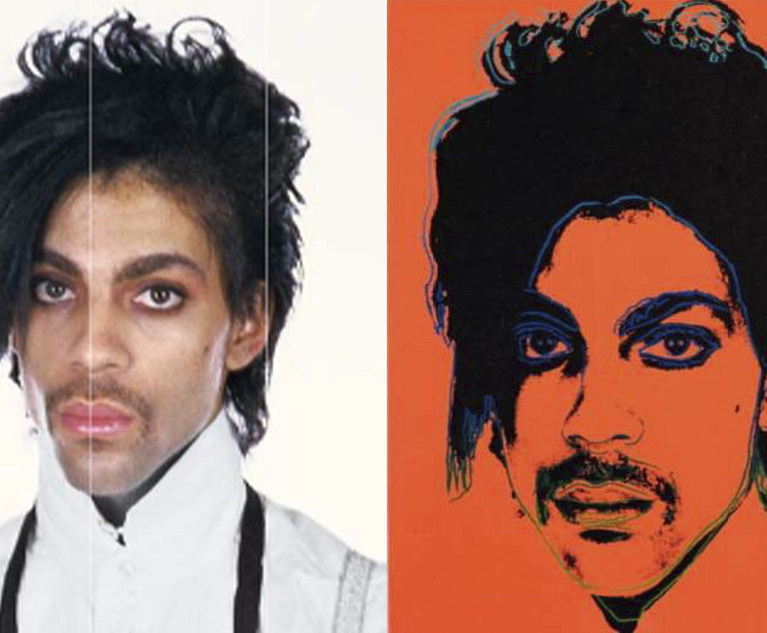The Copyright Act provides copyright holders with the exclusive right to reproduce copyrighted works and to prepare derivative works. The Act also provides that the “fair use” of a copyrighted work is not infringement. In the October 2022 Term, the Supreme Court is set to decide whether courts assessing transformativeness under the first fair-use factor may consider “the meaning of the accused work where it ‘recognizably deriv[es] from’ its source material.” Andy Warhol Foundation for Visual Arts v. Goldsmith, 11 F.4th 26 (2d Cir. 2021), cert. granted, 142 S. Ct. 1412 (2022). We report here on this case—in which over 35 merits-stage amicus briefs have been filed—and which may profoundly affect the fair use analysis, and in turn, the scope of copyright protection for many works.
The Copyright Act
The Copyright Act provides “the fair use of a copyrighted work … for purposes such as criticism, comment, news reporting, teaching … scholarship, or research, is not an infringement of copyright,” 17 U.S.C. §107, and provides four non-exclusive factors to be weighed by courts:
(1) the purpose and character of the use, including whether such use is of a commercial nature or is for nonprofit educational purposes; (2) the nature of the copyrighted work; (3) the amount and substantiality of the portion used in relation to the copyrighted work as a whole; and (4) the effect of the use upon the potential market for or value of the copyrighted work.


 Lynn Goldsmith’s photo of Prince, left, and Andy Warhol’s silk screen work, right. Images from court documents
Lynn Goldsmith’s photo of Prince, left, and Andy Warhol’s silk screen work, right. Images from court documents




